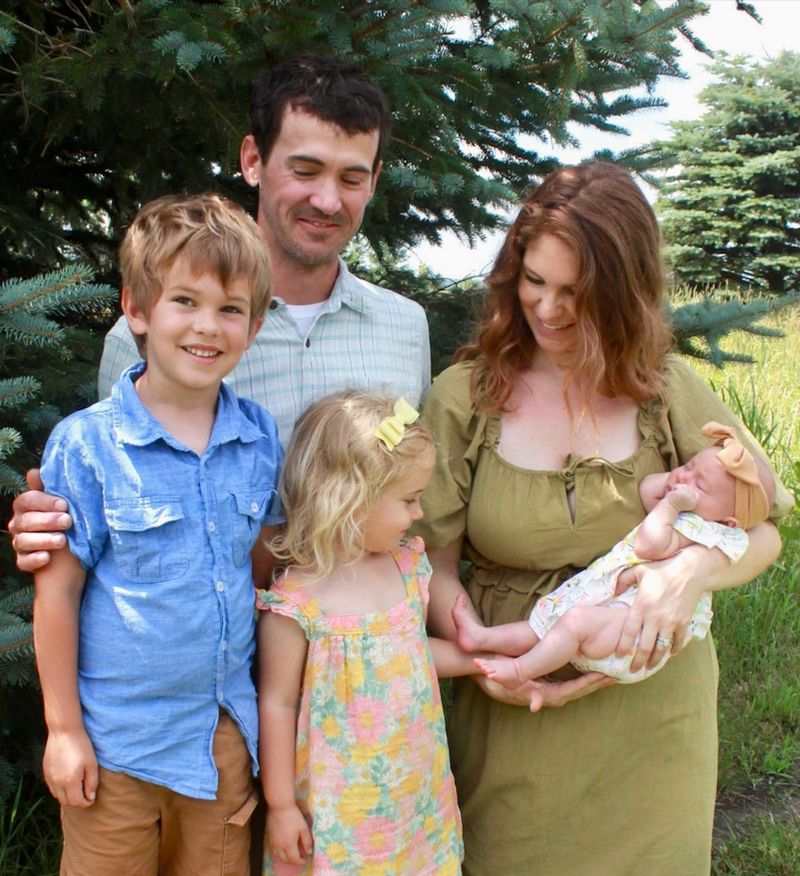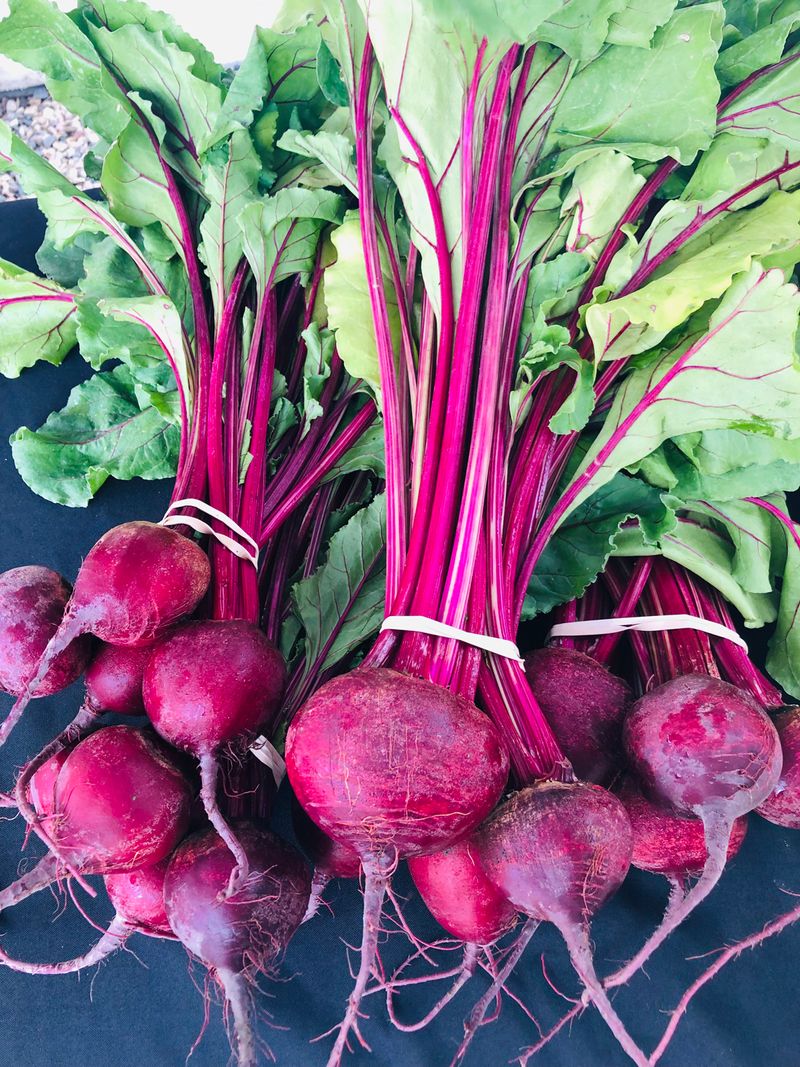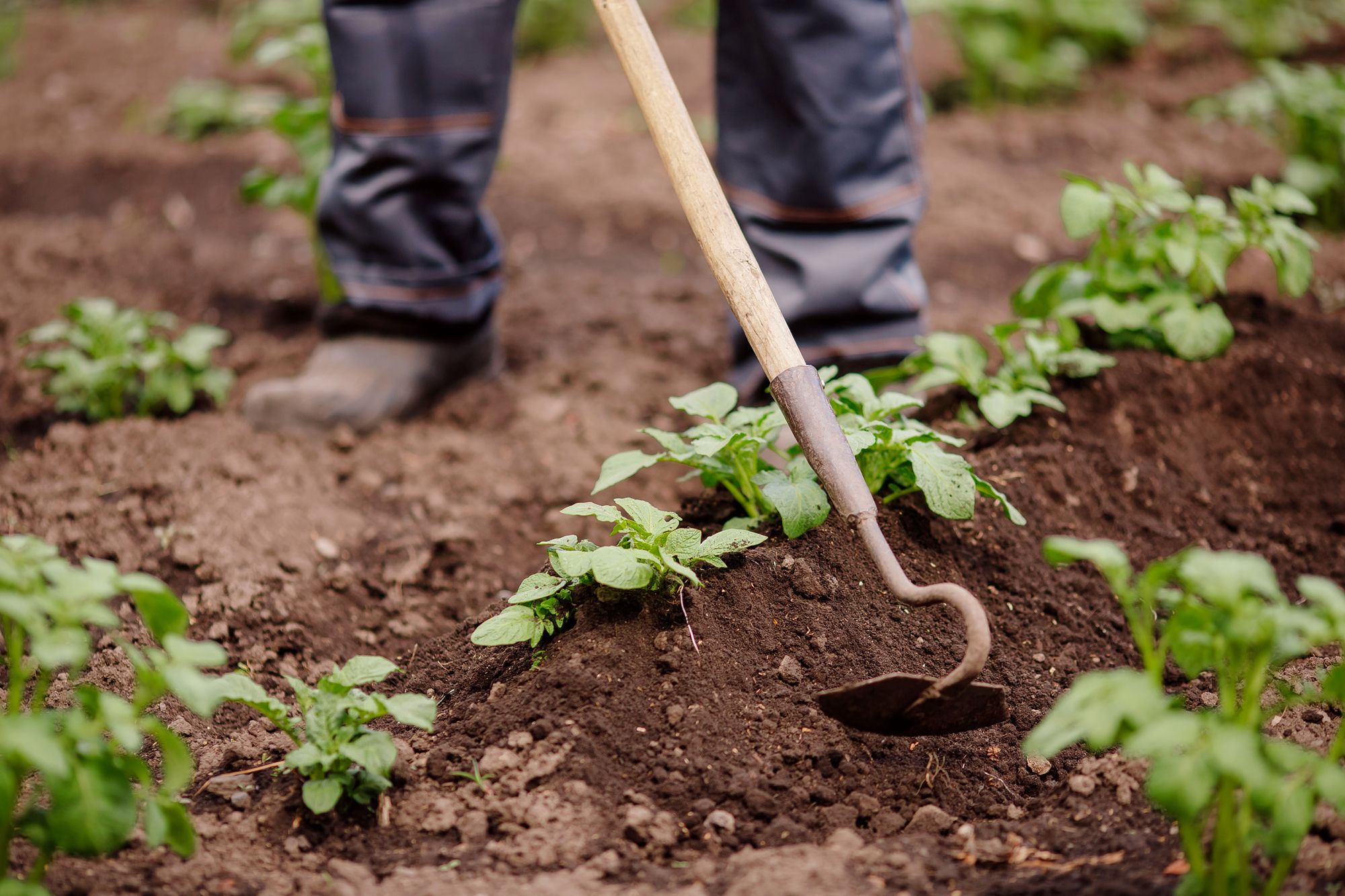Microgreens Make a Small Acreage Pay


Passion, research, and hard work drive success
When you can see all four property lines of your small farm, it’s tough making it pay.
Calvin and Krissy Theissen faced that challenge when they first got together and bought six acres in rural Spirit Lake, Iowa, on the edge of southern Minnesota. Neither had direct farm or entrepreneur experience—Calvin worked in underwater construction and Krissy holds a biology degree—but they did what young people do, they discussed their passions and went online.
Healthy life, styled
Wanting to provide healthy food alternatives for themselves (and now also for their three children), the pair began exploring ways to grow their own. When you grow it yourself, you know what has gone into it, and what hasn’t.

Gardening on a grand scale was new, so they started small: In the basement, with “nutritionally dense” microgreens.
Microgreens offer more nutrition per ounce than adult plants.
Microgreens are the tender immature seedlings of edible vegetables and herbs, typically under 3 inches high, falling in between sprouts and “baby plants.” For a business, microgreens are an ideal product, producing a new crop about every two weeks.
“We are a true basement start up!” Krissy proclaims—their first trays were began inside under grow-lights. When restaurants expressed interest in garnishing entrees, salads, and more with their microgreens, it was game-on for this energetic couple.
“We are only on about 6 acres so Calvin developed an urban farming model to make the most out of our space. He took a mini-class before we started and is continually reaching out to mentors, reading, researching, and taking workshops to improve and streamline our farm,” Krissy says.
With careful planning, they plant, raise, and harvest year-round, using open ground, a high tunnel, and expandable caterpillar tunnels.

Who and what you know
Since the dismal basement days of 2012, the couple is gratified (and occasionally astonished) that they can actually earn a living from their small farm. It doesn’t come without constant research, refining, and work, though—tracking sales, focusing on what stores, restaurants, and customers want, planning and more planning, and by taking the time to be a good retail supplier.
To get started, you need to step outside your comfort zone.
“Calvin and I walked right into kitchens with samples and asked to talk with the chef. It was nerve racking at first,” Krissy says. “We were almost always welcomed in with a smile and gratitude for our product.”
For retail, they noticed that people were “craving something fresh, local, and different,” she says.
“Honestly, we just walk in with samples and ask to talk to a produce manager.”
Consumers are discovering that Cherry Lane Farm greens last longer than salads packed by the big national companies.

“Because we harvest each week, our products are so fresh. Our shelf life speaks volumes on the quality of our products.”
Farmers, marketers, and new venues
Inspired by five years of attending expos, demos, and markets, the couple figured there just HAD to be a place with built-in traffic, a location with a natural attraction that would draw more crowds to a farmer’s market.
The answer was right in front of them: a local lakefront amusement park that catered to summertime tourists. Inquiries were made, interest and enthusiasm grew, and it was a matter of pulling it all together.

“After much planning, we opened our first market of Memorial Day weekend of 2019. With 19 vendors, we were cautiously optimistic for a nice crowd,” Krissy said.
“We were floored when our (attendance) clicker surpassed 1,000 people. It’s only grown from there!”
The Farmers Market In The Park is now a weekly Saturday morning social event. There are plenty of vendors peddling fresh and homemade wares—including Cherry Lane Farm—but many shoppers come just to socialize, bringing their dogs and children for the event.
Covid’s calling
Both the pandemic and back-to-school time of September brought the realization that vendors didn’t enjoy having to go into “low-sales mode.” Enter their next big idea: Prairie Home Delivery.
Leveraging Krissy’s contacts with more than 20 local farmers market vendors, Prairie Home Delivery is a blend of a farmers market, CSA, and Door Dash-style delivery service all in one.
Unlike conventional CSAs where your weekly farm box is often limited to whatever else the CSA farm is harvesting, Prairie Home Delivery starts there but move into a whole ‘nother area:
- Freshly made aioli
- Eggs
- Smoked bacon
- Cheeses
- Teas
- Fresh bread and buns
- Fresh beef or pork
- Mini cheesecakes
The focus is fresh, local, high quality foods being delivered to your front door. Although fairly new, the response has been strong among locals.
They even offer recipe bundles, curated by a local chef who reviews what’s seasonally fresh, and creates entire meals to cook at home.

In addition to keeping the product offering “fresh,” Prairie Home Delivery has shifted from a “remember to place your order” concept to a subscription scheme.
Delivery happens as Cherry Lane Farm completes its weekly local delivery routes, mostly within 30 miles of the farm.
Monetizing your farm
Calvin and Krissy’s advice to anyone trying to cash-flow their small acreage:
1. Market Research—this is such an important first step. Find what your area is lacking. Ask your friends and neighbors. Look around. Use Google. Check your stores.
2. Start small—don’t go into a massive amount of debt to start. Just get the basics and build your customer base.
3. Get involved in your community—people will want to hear your story. They want to buy from someone they know and trust.
Check out Cherry Lane Farm’s Facebook page
Tags:Weekend Farmer

Acreage Life is part of the Catalyst Communications Network publication family.














